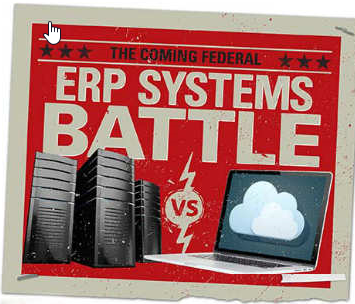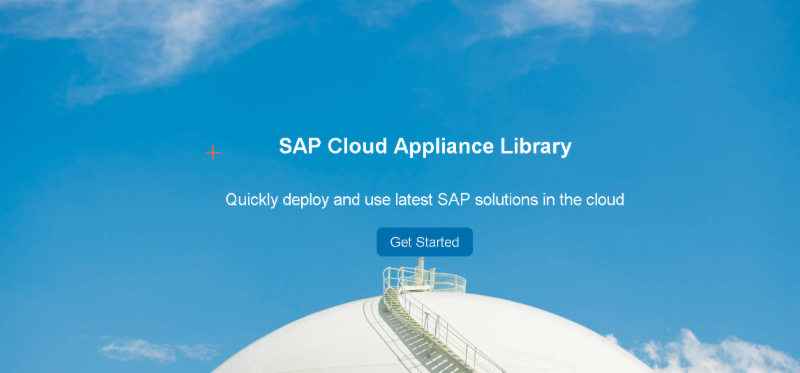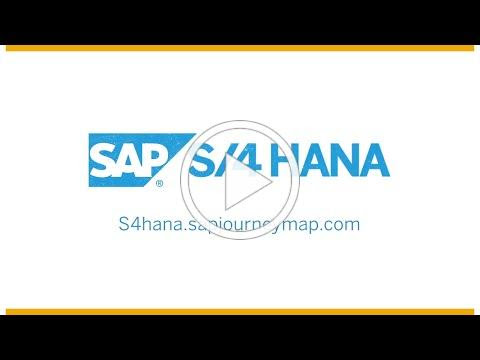TAKE NOTE (Insights and Emerging Technology)

Across government, agencies can expect their IT business systems to fall behind at an accelerating rate. Vendors are aiming many of their advances in business analytics, big data and artificial intelligence at their cloud platforms and not at on-premises systems.
That approach will hit enterprise resource planning (ERP) systems hard. Chatbots, for instance, now use texting and voice in human-like, conversational formats to interface with applications. They are gaining artificial intelligence capabilities and could fundamentally change how people interact with computers.
But the most advanced chatbot technology is being designed for cloud-based environments, not traditional systems..
The big ERP vendors, the primary suppliers of business and human resource applications to federal applications, are cautiously nudging their on-premise users to the cloud. SAP says it will continue mainstream maintenance for its business systems through 2025, and Oracle is promising its premier support though 2027. After those dates different support tiers may kick in, but the vendors won’t abandon users. Oracle, for instance, says legacy on premise systems such as PeopleSoft, E-Buisness Suite and Seibel are covered under its lifetime support policies.
However, they added that “support dates are reviewed regularly and sometimes extended, and many of our on-premises product lines have new versions in development.” Such vendor dates are moving targets, but long-term guarantees will offer little comfort if cloud platforms outstrip legacy systems in performance and innovation.
“The capabilities of on-premise simply cannot keep pace with cloud-based options,” said Yvette Cameron, senior vice president of strategy and corporate development at SAP Success Factors, a provider of human capital management services. On-premises customers are “going to feel left behind over time.”
The role of customization
Federal agencies have been shifting productivity, collaboration and infrastructure services to cloud environments provided by Microsoft, Google, Amazon and other vendors. But moving core business applications, such as those that run financial and HR services, will be much more difficult.
Ann Dunkin, who was the Environmental Protection Agency’s CIO until January and is now CIO for Santa Clara County, Calif., said years of customization are keeping agencies from updating their business systems.
“You have some agencies that are really stranded on quite old versions of software,” she added. These agencies “have painted themselves into a corner by doing a bunch of customization.”
Dunkin said EPA learned not to customize software because “when the new release comes out, you have to test or rewrite every one of your customization to go to the next level.” Some agencies might not bother moving such systems to the cloud, but “on the other hand, eventually functionality and security become a problem, and people have to figure out how to move.”
When preparing for cloud migrations, agencies will need to abandon many of their customizations and change their business practices instead. They must also come to terms with how many custom-built systems they are managing, which can be a staggering number….
UNDER DEVELOPMENT (Insights for Developers)
WHAT IS S/4 HANA, AND HOW IS IT DIFFERENT THAN SUITE ON HANA

SAP describes S/4HANA as an intelligent (Enterprise Resource Planning) ERP suite of tools created specifically for in-memory computing. Like Business Suite on HANA, SAP S/4HANA runs in memory, but adds Data Model Simplification. SAP is also moving S/4HANA closer to real-time insights and business context while simultaneously freeing resources from repetitive tasks with each new release. For example, take a look at this post – SAP S/4HANA 1709 release incorporated SAP Leonardo Machine Learning capabilities and predictive analytics.
You can run S/4HANA in the cloud or on-premise. If you have a subscription, you can download a free trial from the SAP Cloud Appliance Library..
S/4HANA is not a legal successor of any SAP Business Suite product. It is a new product, built entirely on one of the most advanced in-memory platforms today – SAP HANA – and incorporates modern design principles through the SAP Fiori user experience (UX).
SAP S/4HANA delivers massive simplifications (customer adoption, data model, user experience, decision making, business processes and models) and innovations (Internet of Things, Big Data, business networks, and mobile-first) to help businesses Run Simple in the digital economy. Through its approach to building S/4HANA, SAP is re-architecting its solution for modern business processes that the ever-increasing digitization of the world demands. Re-architecting a solution that has been growing over the past 25 years and has, at points, evolved into different data structures and architectures means that SAP has to decide on one data structure and architecture as they move forward. This is the only way that SAP can prepare the solution for increased simplicity and faster innovation cycles.
Lets look at an example, In the current ERP system, including SoH, we have two general ledgers: the classical general ledger and the new general ledger. The new general ledger was introduced mainly as a result of the need to support multiple valuation methods. As progressed in S/4HANA, SAP naturally had to decide on one general ledger structure. They went with the structure of the new general ledger, which offers much higher flexibility…
SAP S/4 Hana Implementation Journey
Q&A (Post your questions and get the answers you need)

Q. Can you explain the core differences between Tableau and Qlik?
A. It’s an emphasis on a different perspective, Qlik is more suited for building dashboards that show the same information each day. Tableau is more suited to poking around and seeing what’s going on.
On one hand, Qlik still has the edge on enterprise functionality. In particular, it has strong capabilities for setting up repeatable reports, managing data access and scaling to handle large workloads. On the other hand, Tableau has more data connectors, enabling users to connect live to data sources like SAP HANA. The Tableau software also still has an edge in data visualization features.
Take a look at the chart below:

Qlik has been much more scalable than Tableau, and that’s been a strong differentiator. Tableau’s advantage is that people love it. It’s well designed..



